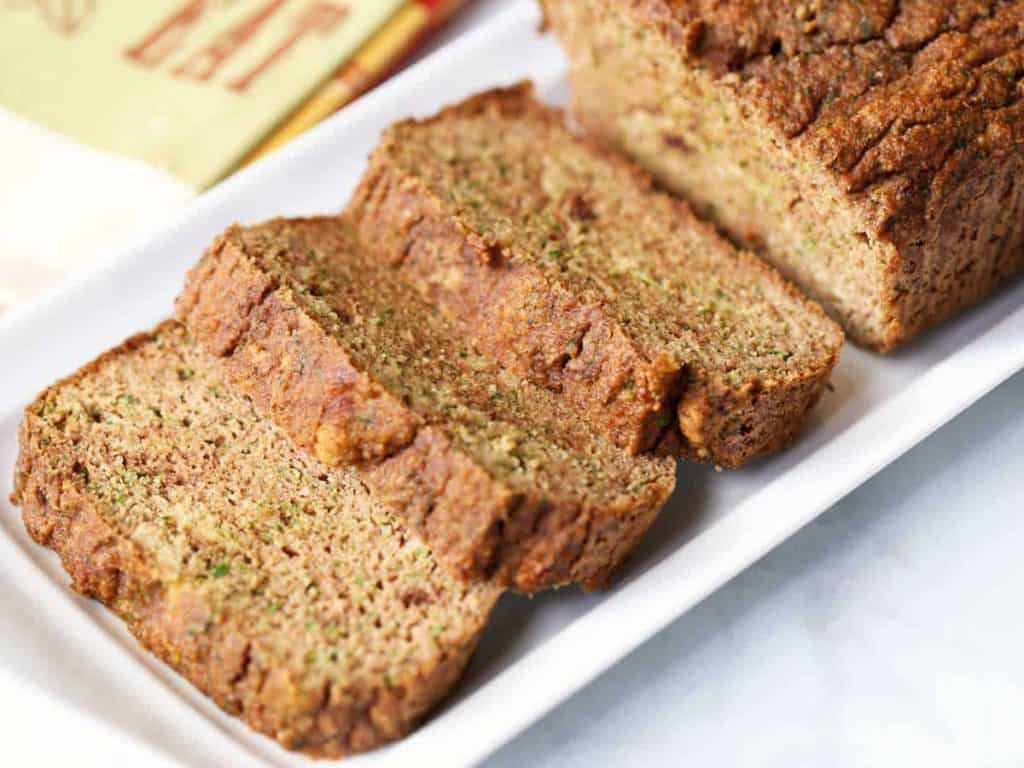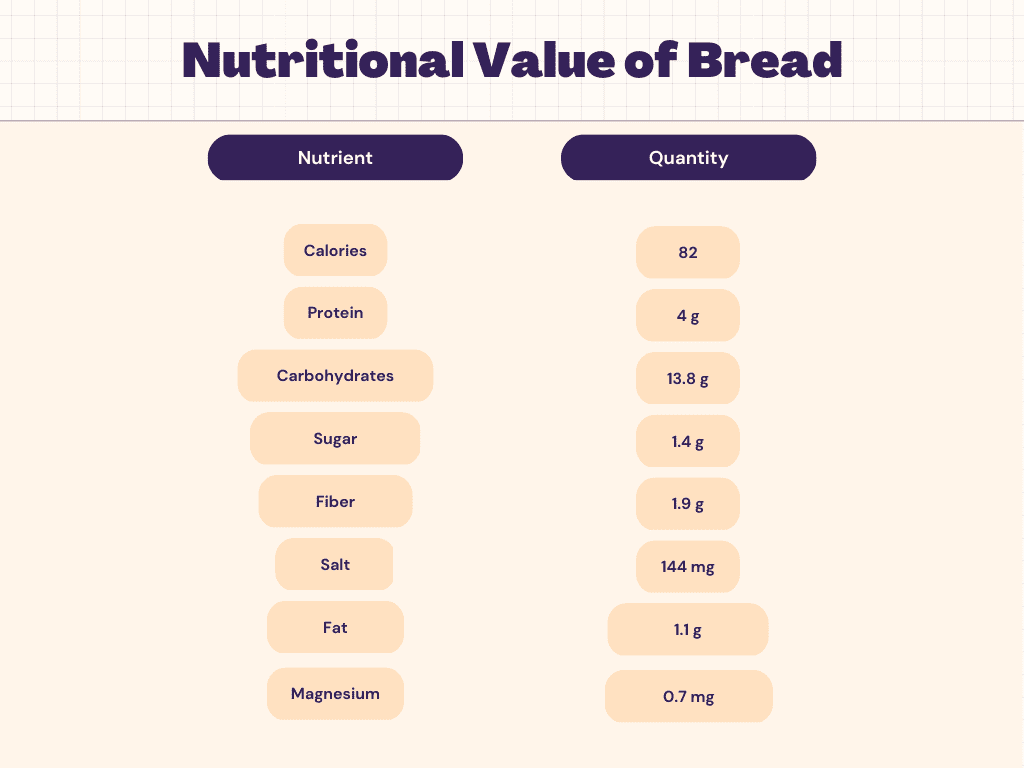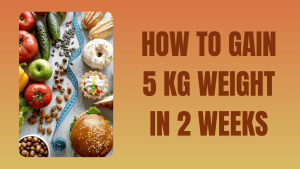A healthy food that can be incorporated into any diet is bread. Due to their higher fiber, vitamin, and mineral content, whole-grain alternatives are encouraged by nutritionists. Different grains can be used to make bread, either in their whole or refined forms. The calories in bread and the nutritional information for bread vary by brand and type.
Nutritional Value of Bread
Nutritional Facts of Bread
Carbs
Whole wheat bread has 13.8 grams of carbs per slice. Depending on the kind, bread can be a source of fiber and is regarded as a high-carb food. 1.9 grams of fiber are included in whole wheat bread.
Fats
A piece of whole wheat bread contains just 1.1 grams of fat, making bread a low-fat food.
Protein
Per slice of whole wheat bread, there are 4 grams of protein. Although not a complete protein source, bread has a comparatively high protein content.
Calories
A slice of whole wheat bread that has been baked commercially has about 82 calories. Commercially produced white bread has a little reduced calorie count (about 75 calories per slice).
Health Benefits Of Bread
Helps with Weight Loss – If you’re aiming to produce the calorie deficit required for weight loss, fiber can help you feel fuller after eating less. Checkout our Weight Loss Plans.
Helps with Diabetes – More whole grains can help regulate blood sugar levels and lower the risk of type 2 diabetes, according to studies. According to research, consuming 1.5 servings of healthy grains, like bread, each day can help reduce insulin and blood sugar levels. Check our Diabetes Plans here.
Improves Heart Health – When you choose whole grain bread, you also choose a source of fiber. It has been demonstrated that fiber-rich whole grains can lower the risk of cardiovascular disease.
It is a good source of energy – Carbohydrates, which make up the majority of calories in bread, are a source of energy. Your body prefers to get its energy from carbohydrates.
Vitamins & Minerals in Bread
A number of B vitamins, manganese, folate, selenium, zinc, magnesium, calcium, iron, and vitamin D are all present in whole wheat bread. These are derived from whole wheat.
The Bottom Line
The B group vitamins thiamine (B1) and niacin (B3), which are crucial for releasing energy from meals and keeping healthy skin, eyes, and nails, are among the vitamins and minerals included in bread. Daily use of bread can readily give your body the nutrition it needs while still tasting nice, and it can serve as a convenient vehicle for other nutritious foods like protein and healthy fats.
FAQs
How much bread can I eat in a day?
Thus, you are allowed to eat up to 12 slices of whole wheat bread each day if you’re aiming to maintain your present weight. However, depending on your daily carbohydrate intake, you might want to limit yourself to 8 slices if you’re trying to lose weight.
Should I eat Bread before or after exercise?
For a great combination of carbs and protein before your workout, eat a slice of whole wheat bread or a banana with a dollop of peanut or almond butter. You’ll get energy from carbohydrates, while protein promotes muscular building.
What are the benefits of Bread?
- Fuels the body
- Low in fat
- Decreases the risk of cancer
- Good for diabetes
- Increases heart health
What is the best time to eat Bread?
Lunch: Taking a break for lunch allows us to replenish our energy for the afternoon and prevents a slump. Whole grains and whole meal bread include complex carbs that encourage a gradual release of glucose into the bloodstream, reducing blood sugar spikes throughout the day.










